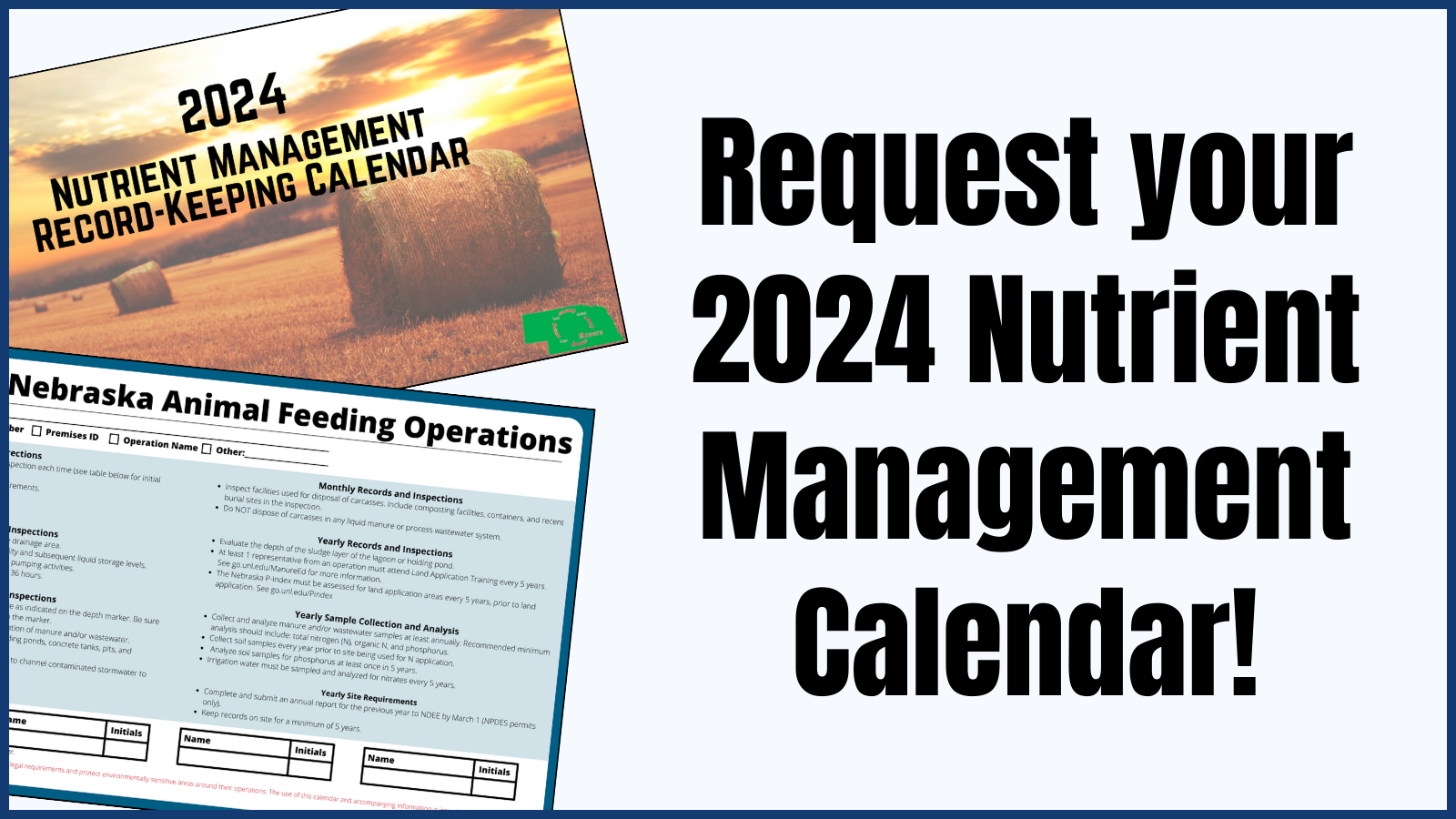VTS Guidance Document
Download the full VTS Guidance Document
Cover and Acknowledgments
Vegetative Treatment Systems for Open Lot Runoff was developed under the leadership of U.S. Department of Agriculture (USDA) Natural Resources Conservation Service (NRCS) through an Intergovernmental Personnel Act (IPA) agreement, with collaboration from representatives from several land grant universities, USDA Agriculture Research Service (ARS), U.S. Environmental Protection Agency (EPA), Iowa Department of Natural Resources, Iowa Cattlemen’s Association, and private sector representatives. During 2004, a work group assembled the current scientific knowledge related to vegetative treatment systems and adapted that information into the recommendations contained within this document. This cover and acknowledgments document outlines the section authors and reviewers.
Chapter 1. Introduction to Vegetative Treatment Systems
This report introduces the use of vegetative treatment systems (VTS) for managing open lot runoff. It was based upon the efforts of a 15 member work group representing the research, regulatory, advisory, and producer communities. It summarizes the research and makes recommendations relative to siting, design, and management of a VTS.
Chapter 2. Understanding Environmental Regulations for Alternative Technologies
For small and medium animal feeding operations, vegetative treatment systems (VTS) may provide an option for avoiding classification as a CAFOs. For large CAFOs, VTS may provide an option for meeting the effluent limitation guidelines (ELGs) of the CAFO regulations. This chapter reviews the ELGs for CAFOs and the performance requirements that a VTS must meet as an alternative technology.
Chapter 3. System Options Based upon Vegetated Treatment Areas
Vegetated Treatment Areas (VTAs) are generally regarded as an alternative technology that alone will not meet the Effluent Limitation Guidelines of the CAFO regulations. This section will review several system options that include a VTA for their potential application to CAFOs.
Chapter 4. Siting Criteria for Vegetative Treatment Systems
Vegetative Treatment Areas (VTA) typically offers significant value to siting of a runoff management system within a rural neighborhood. These systems replace a large holding pond with natural grasslands or forage production areas providing advantages for wildlife, odors and other gaseous emissions, and visual appearances of the livestock system. However, space requirements as well as connections to surface and groundwater must be considered for avoiding higher risk environmental concerns.
Chapter 5. Liquid-Solid Separation
The liquid-solid separation component is a key feature of a VTA System. This component should 1) Remove most settable solids from feedlot runoff and 2) Release liquids to VTA or IB in a controlled manner to minimize the potential for discharge. This section will discuss the design features of the liquid-solid component critical to achieving those goals.
Chapter 6. Vegetative Treatment Area Design
Vegetated Treatment Systems (VTAs) are a fairly simple technology having modest design requirements. However, for a VTA to function properly and minimize the opportunity for discharge of polluted runoff, several fundamental design requirements must be considered including sizing, maintenance of sheet flow, and selection of plant materials. This publication reviews those critical design considerations for a properly functioning VTA.
Chapter 7. VIB Design
Vegetative Infiltration Basins (VIB) provide an optional treatment component that relies on soil properties for filtering nutrients and other contaminants from the runoff water. They have demonstrated the ability to significantly reduce concentration of nutrients and solids in runoff and substantially delay the release of runoff into a later treatment stage. VIBs may provide significant benefit to a total system for managing feedlot runoff.
Chapter 8 - Management Guidelines for Vegetative Treatment Systems
Proper management of vegetative treatment systems is critical to its proper functioning and longevity. After the appropriate plant species are established, there are a number of operation, maintenance, and recording keeping activities essential to proper function of the VTA and to regulatory compliance. The purpose of this section is to discuss implementation of those critical management practices.
Chapter 9. Review of Literature
This paper reviews the research literature for Vegetative Treatment Systems, summarizing performance observations and design, management, and siting recommendations for vegetative filter strips and infiltration basin systems. More than 80 relevent literature citations are included in this review. This review also assembled performance data from 16 research citations reporting 40 sets of performance data under field conditions (Table 9-9) and an addition 17 research citations reporting 61 sets of performance data under simulated conditions.
VTS Appendices
Six appendices are referenced in Chapters 1 through 9 and included in attached document.
Sign up for updates from UNL Water


